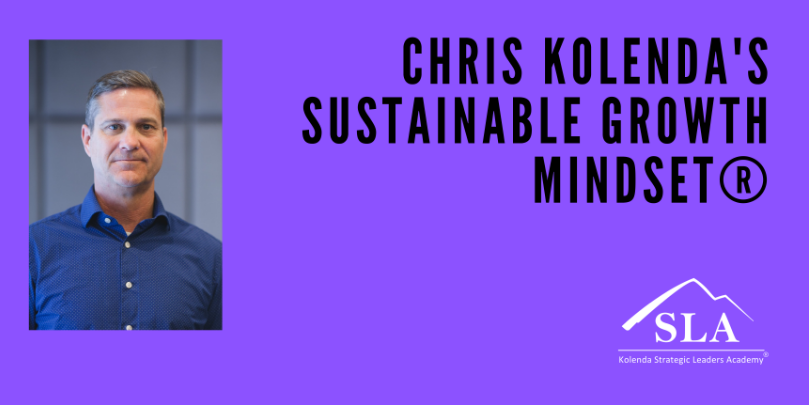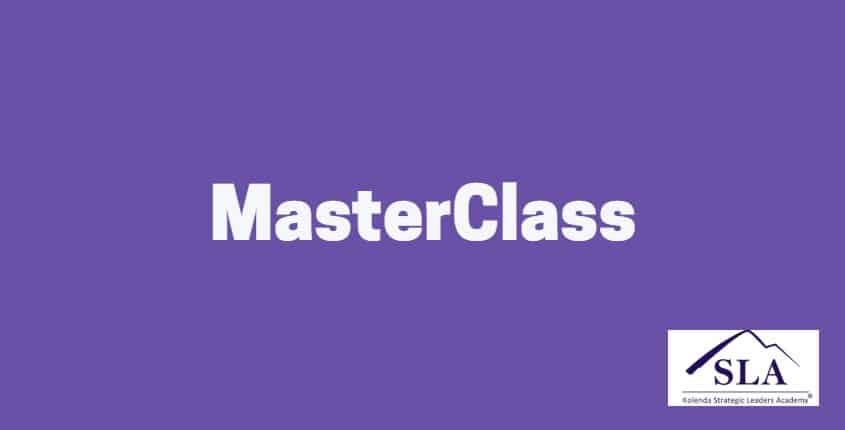Change; How to deal with its Resistance

Cui Bono — Who Benefits?

Asking “who benefits” is the best way to understand what appears to be strange behavior, which becomes your key to addressing resistance to innovation and change. Those responsible for specific actions are most likely to gain from them.
China’s waning zero-COVID policy is a classic example. Overwhelming scientific evidence suggests that high-quality vaccines plus natural immunity while protecting the most vulnerable is the most viable path to harmonizing safety and well-being.
China has access to this information, so why the persistent zero-COVID policy that has damaged the Chinese economy, undermined their citizens’ well-being and disrupted global supply chains?
Who benefits, and what makes them better off? Xi Jinping. Zero-COVID allowed him to create the world’s most sophisticated police state through smartphone apps that track every aspect of people’s lives. Concurrently, he used the crisis to complete his seizure of power, eliminate rivals, and get himself installed as dictator for life. With those objectives secured, he’s using the ongoing protests to pivot from zero-COVID.
Change: How do I apply it?
Asking who benefits and what makes them better off helps you uncover why people resist change and to address it.
“That’s not how we’ve always done it” signals resistance to a new process or idea. People want to avoid leaving their comfort zones, especially if the status quo seems beneficial.
Loud complaining, gaslighting, and sabotage escalate the resistance. Strong-willed people will do their best to make you uncomfortable promoting the change; flying off the handle and creating a groundswell of opposition is their way of convincing you to leave them alone. You undermine your credibility and increase your costs when you tolerate this behavior.
Slow-rolling is the tactic of stalling and hoping the boss either goes away or kills the new idea. Slow-rollers cite the obstacles they are encountering, complain about inadequate resources even when they have enough, and cite higher priorities that require their attention.
The most insidious involves telling the boss what they want to hear while continuing to do what you want. Graduate-level resistance makes you look foolish because everyone thinks you believe the smokescreen.
Most people practicing these tactics are not evil actors. They get comfortable with routines because they use less mental and emotional energy when performing tasks they know well. They may honestly believe that the status quo is the better path. Sometimes that’s the case, but knee-jerk resistance to innovation is a fast track to failure. Familiarity leads to inertia, inertia creates resistance to change, and unwillingness to innovate generates complacency. You can only drift in one direction — downhill. Ask Sears, ToysRUs, and FTX.
There’s a myth about the military that you can order someone to do something, no matter how ridiculous, and they’ll do it. I encountered these forms of resistance on active duty and had to get good at addressing them.
Buy-in is the shortest path to success, and people buy in when they believe they are better off doing so. You need self-interest on your side.
People change their behavior based on three factors: fear that they’ll suffer adverse consequences, interest: they decide that they are better off by changing, or honor: that continued resistance to change will harm others. Historians will recognize these three powerful motives from Thucydides.
Successful leaders find the right levers to pull.
You’re back on track with:
- Jim, I’ve heard your point of view and given you why I believe innovation is vital to our success. Here are three steps I need you to take to implement the decision. What additional resources or guidance do you need?
- Susan, I’m considering a new initiative. May I get your views on how this makes you and your team better off and what downsides we need to address?
- Tony, I know you prefer to continue using the process that you developed. The problem is that no one else uses it, and the company would have to suck down the costs of allowing everyone to do their own thing. Standardizing our processes saves us $ 2 million annually, which we can apply to bonuses and investments in people.
__________________________________________________________________________________________

If you are a veteran coach or consultant, Thursday’s live discussion is for you.
Sales are the heartbeat of your business. I’ll discuss how to gain great clients without feeling pushy or uncomfortable.
After participating in this discussion, you will have the tools to have successful business development calls based on my Gets Me – Gots Me – Helps Me process.
- Gain action steps so you can execute the process with your prospects.
- Avoid coming across as pushy or with “sales breath” when you meet people.
- Differentiate between intro and business calls, so you avoid coming across using bait-and-switch tactics.
- Stop wasting time and burning bridges trying the crazy tactics you see used (unsuccessfully) on social media.
- Avoid the colossal waste of time and money on ads and internet marketing.
- Have business development calls that are comfortable, joyful, and successful.
The discussion starts at 3:30 pm US Central on December 15. I’ll provide 30 minutes of actionable content followed by 30 minutes of Q&A.
Reply to this email for the calendar invitation, or create your own and dial in with this zoom link: https://us06web.zoom.us/j/2829958553.
Please share this opportunity with two or three others who would benefit from the discussion.





